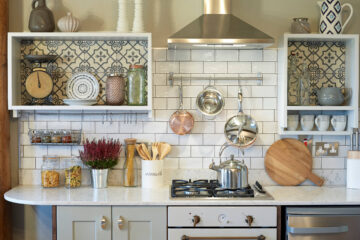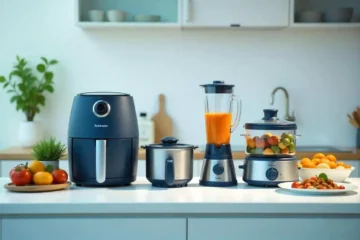This article is going to unveil the world of mortars and pestles, two tools that have been part of kitchens around the world for centuries now. This article is going to explore pestle and mortar’s history, their characteristics and also some recipes that can be made using them.
The mortar and pestle are traditional accessories that cannot miss in a modern kitchen. Behind these simple-looking tools hides a millenary history full of secrets. Some documents prove their existence in Egypt around 1550 AC but there is a good chance that its use comes from previous civilisations. Even though this is an ancient tool, still to this day it finds use in modern kitchens but also in laboratories, where it is used to reduce into powder various chemical ingredients. Many people are re-evaluating it also because of its sustainability side as not only they do not consume energy, but also, they last for incredibly long times, as visible from the fact that many people got one from their parents or even grandparents. But for those who did not inherit one, this article will list a few different types with their characteristics, to then showcase a few recipes that can be made using them.
Mortar and pestle different types:
Stone Mortar and Pestle (granite or marble)
These types of mortars and pestles are big and heavy, for this reason, they do not move easily, which is a good advantage considering the typical motion needed for this kitchenware is quite violent. On the other side though, depending on how hard the stone is, it can be scraped which results in parts of the material finishing in the mixture. Also, white marble changes colour, in particular when herbs are placed inside it. Finally, as the stone is a porous material, these kinds of mortar can be washed only with water.
Ceramic or Gres Mortar and Pestle
These are roughened in the insides and for this reason, the risk of material getting scraped and finishing inside the food decreases. Moreover, these types can be washed using water and soap. They are quite fragile.
Cast Iron Mortar and Pestle
These are heavy and rough on the inside so mashing can be done without much effort and also, they hardly change colours. The problem with cast iron mortars is that they need extra cures as, immediately after use they need to be dried and rubbed with some oil as rust can form.
Wood Pestle and Mortar
This type of mortar is very good-looking and can be found in very different sizes. But wood kind of soften the impact so they need more strength, but also, they colour pretty quickly and can be cleaned only with water.
Mortar and Pestle Recipes
Having mentioned the different existing types of these traditional tools, this article will continue to showcase a few different recipes that can be done with them.
Genovese Pesto: The most iconic sauce to prepare with mortar and pestle, homemade Genovese pesto is as good as it is easy to make. In the mortar grind salt and garlic until they become cream, then add fresh basil leaves and, in this order add: pine nuts, parmesan, pecorino cheese and extra virgin olive oil. Continue grinding until the mixture becomes creamy and pesto-looking.
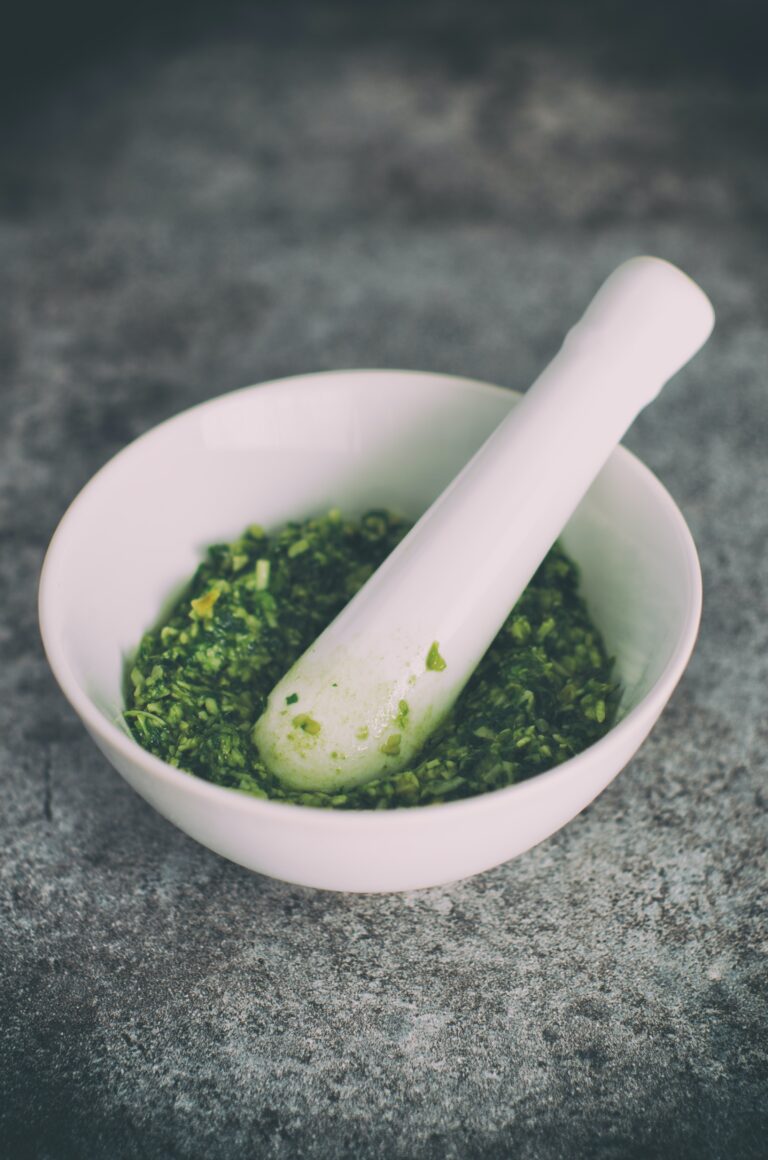
Other types of Pesto: The word pesto in fact does not indicate only the green one from Genova, but every sauce which is made through the action of grinding and smashing. Many ingredients can be used to create other special kinds of pesto which are as good as the classic option. A few examples include sun-dried tomatoes pesto, which matches perfectly on a bruschetta, capers pesto, made with garlic, basil, mint, oregano, cherry tomatoes, and capers, and lastly, one using tomato pulp, basil, garlic, oil and almonds.
Mexican Sauces: In Mexico mortar is called ‘Mocaljete’. In Mexican cuisine, this tool is used for sauces such as guacamole and roja sauce, which are very popular Mexican delicacies. By Smashing an avocado in the mortar and adding various flavours such as lime, chillies and chopped onions, the guacamole is done and ready to be served accompanied by some tortillas.
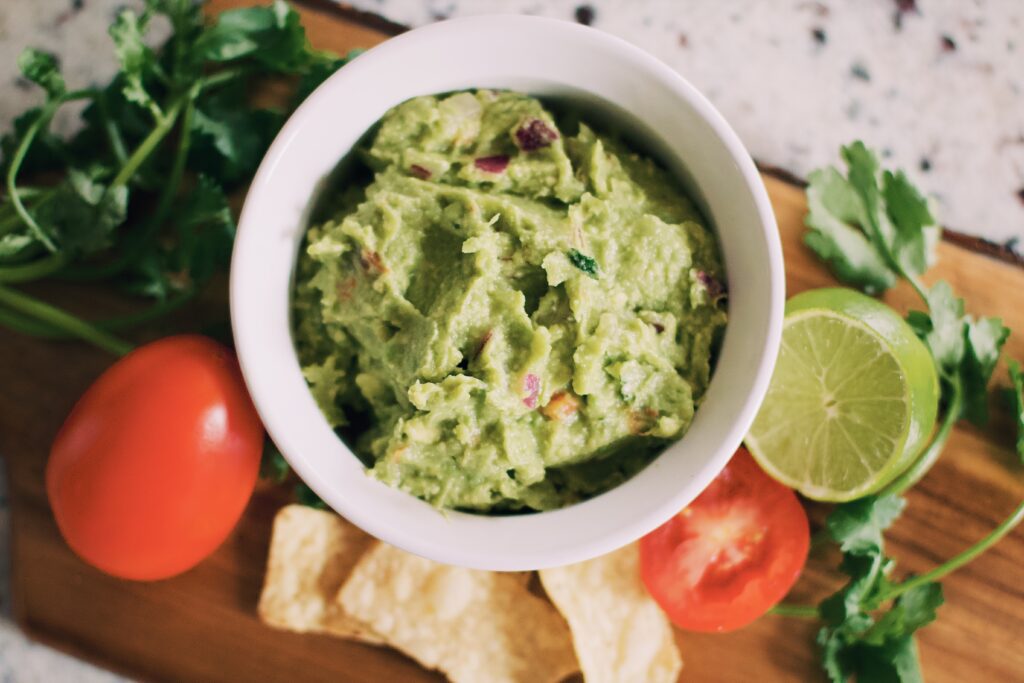
Crush Cookies: Every respectable cheesecake has a crushed cookie base and this can be easily done using the mortar and pestle. Although it can be done using a mixer if using a mortar, the consistency changes.
Gomasio: This is sesame salt, which is really typical in Japan where is used to season salads or even soups. Other than being tasty, this is even healthy as the sesame seeds have various beneficial properties. This recipe is simply done by toasting half cup of sesame seeds for then placing them in the mortar together with 3 tablespoons of salt.
It would take a few days to list all of the recipes that can be done by using this fascinating and generational tool. These are surely easy options that one can try when having first experiences with mortar and pestle. It is really important though to remember the characteristics of every different material and to know how to wash these as the risks are of eating part of the material they are made of or making a pesto that tastes like soap. For the rest, it is always good to experiment and most importantly to enjoy doing it.
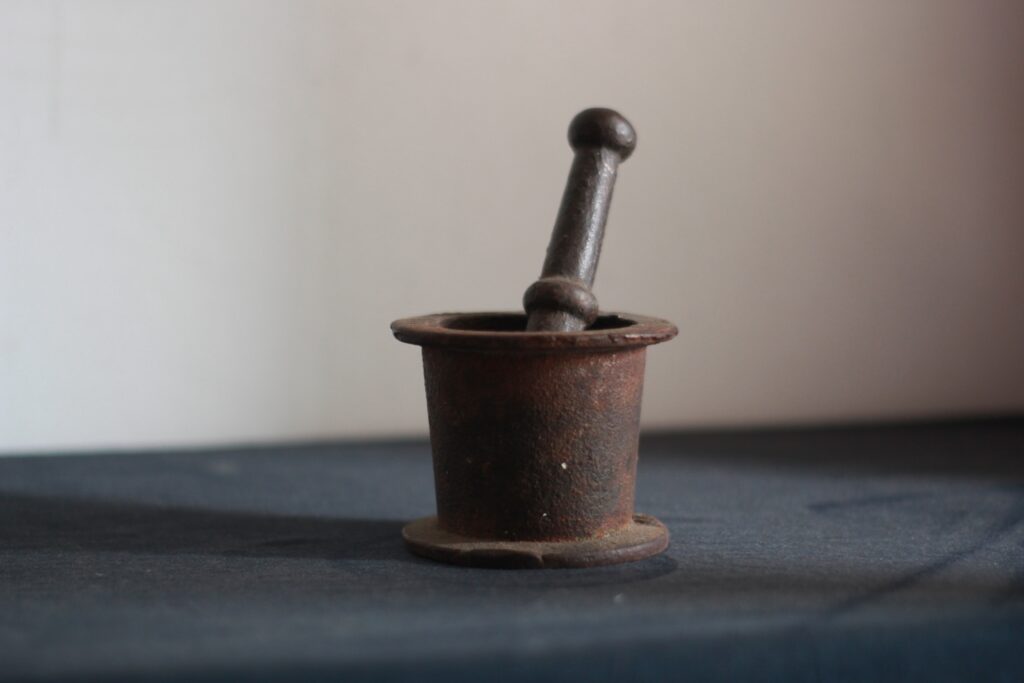
If you liked this article by Dr Cooker I invite you to place a like, comment if having any feedback and also follow us on social media as we will post updates about incoming blog posts!
